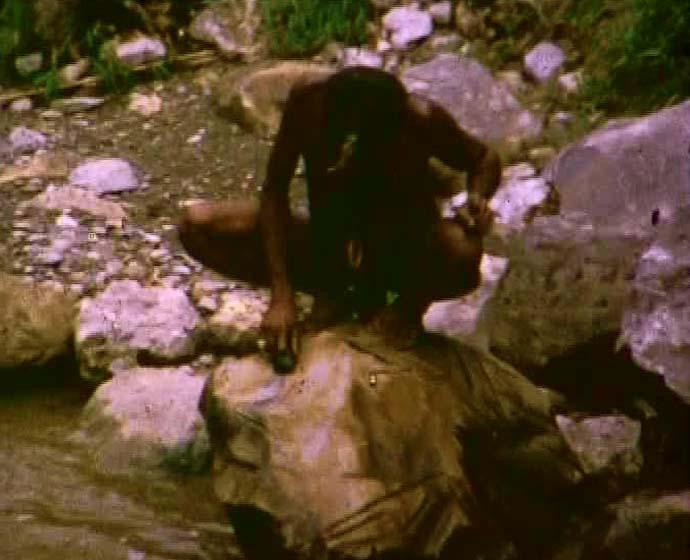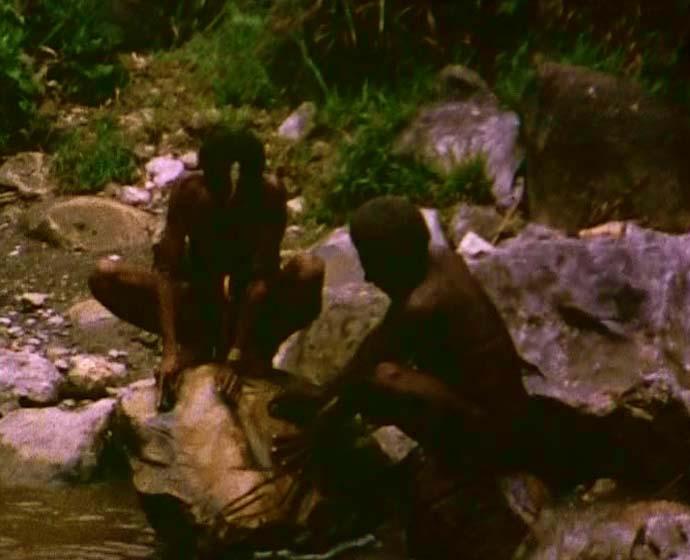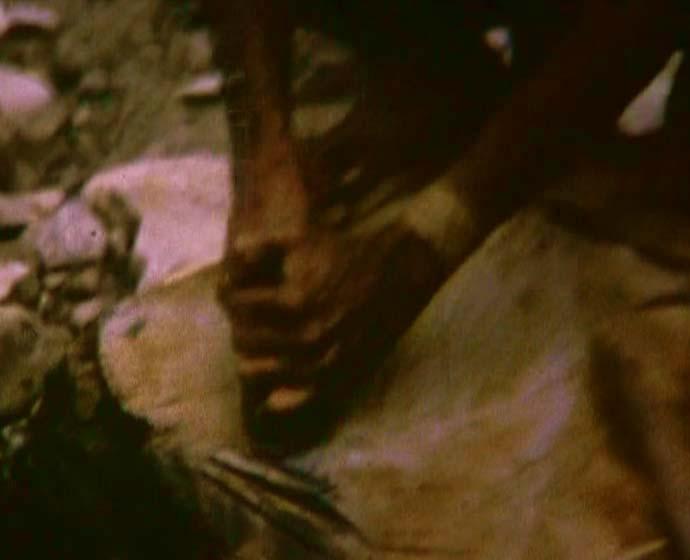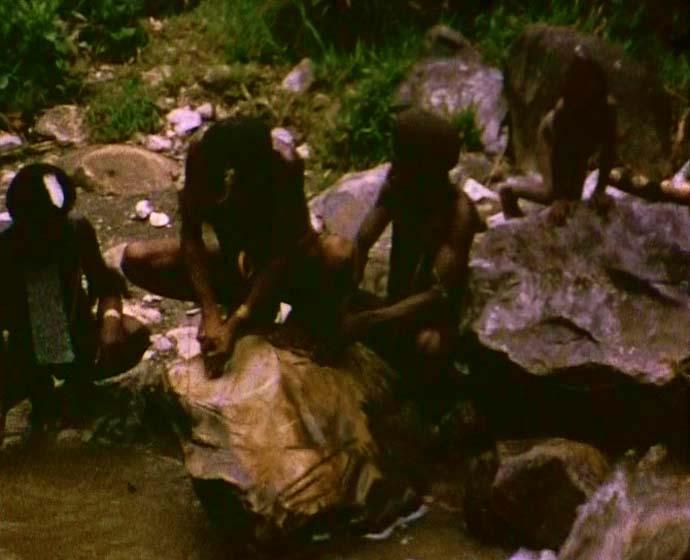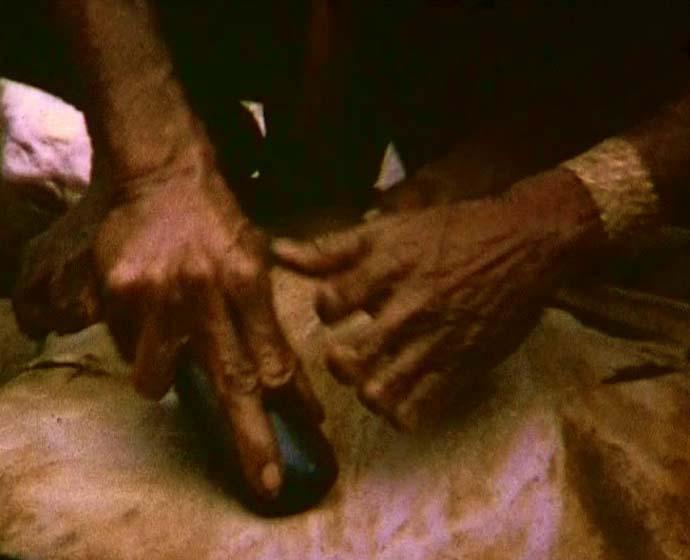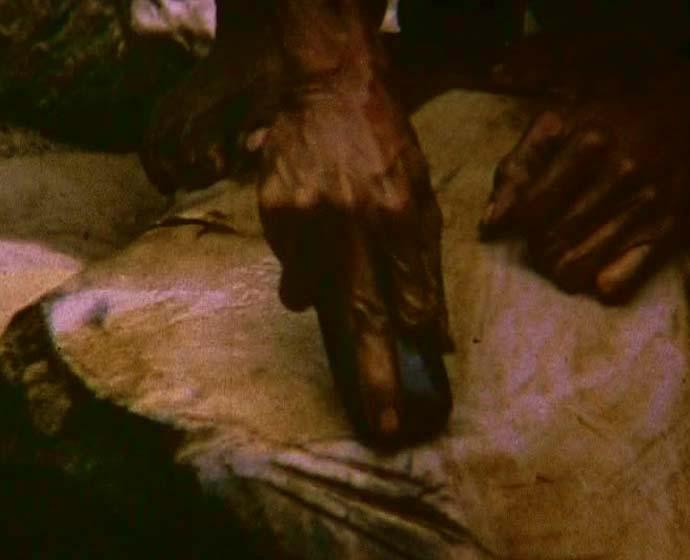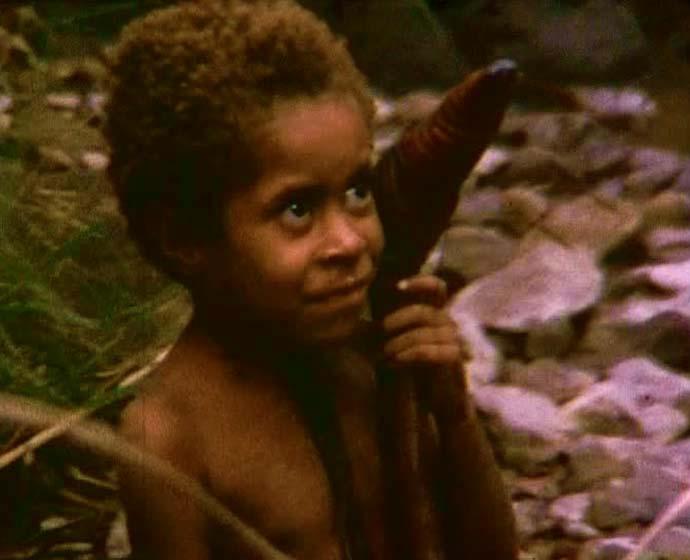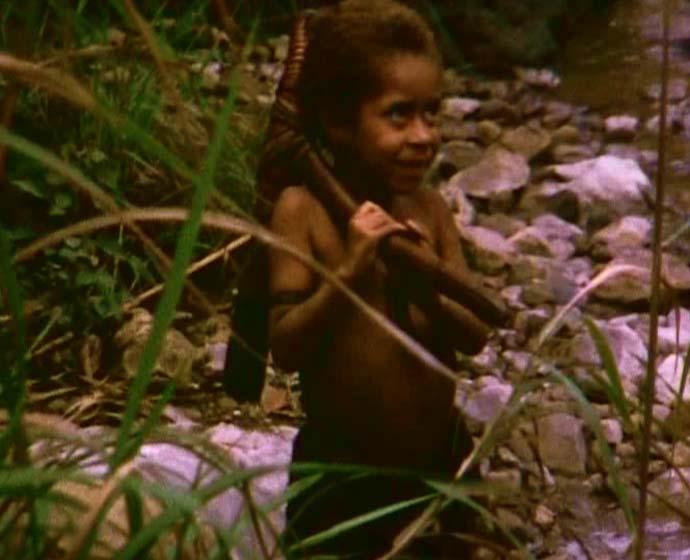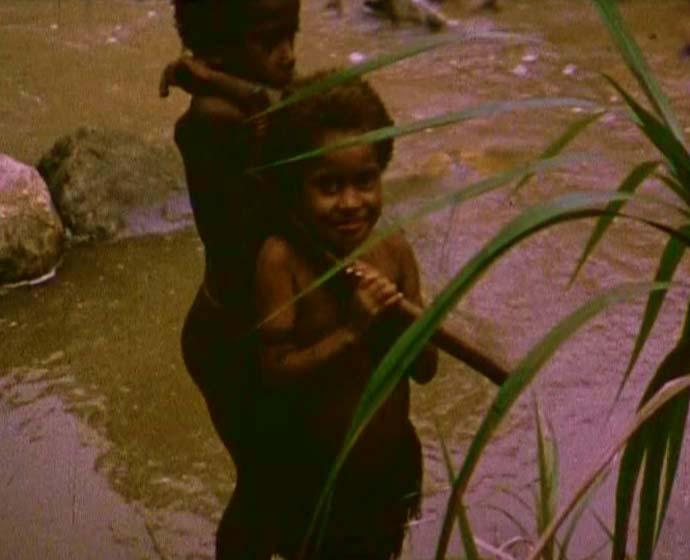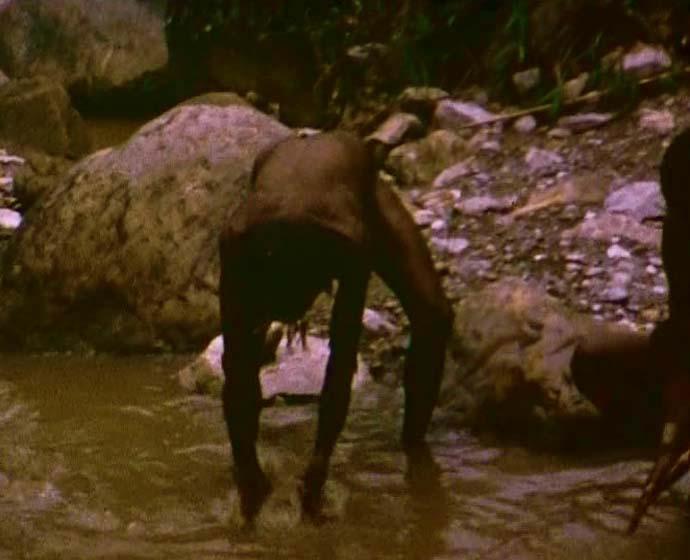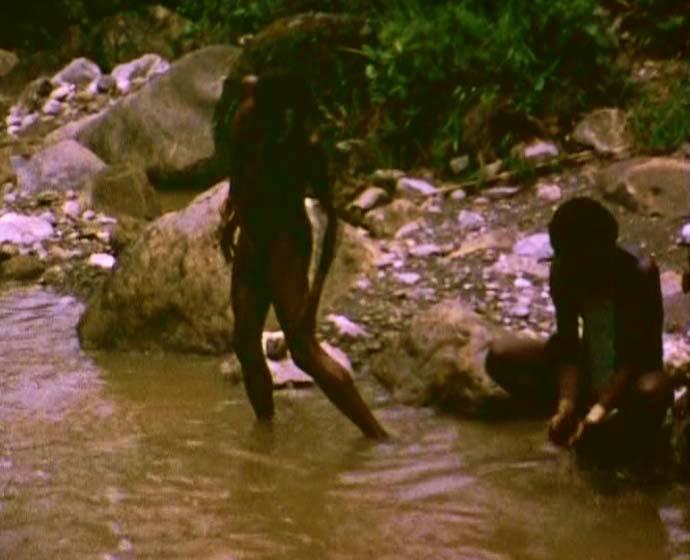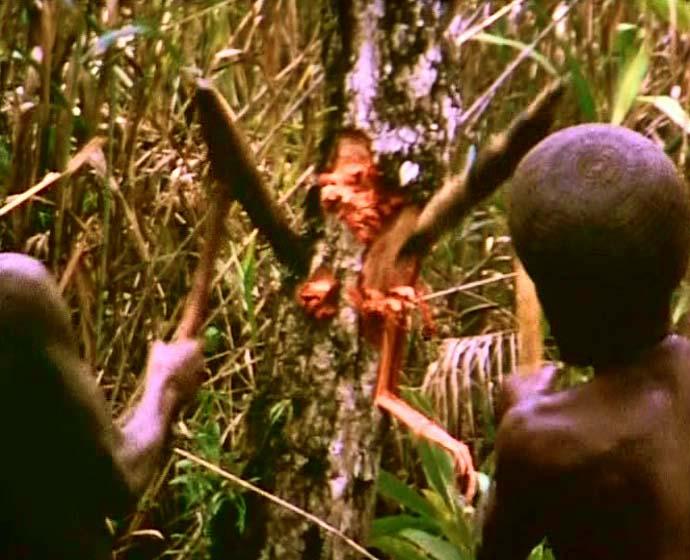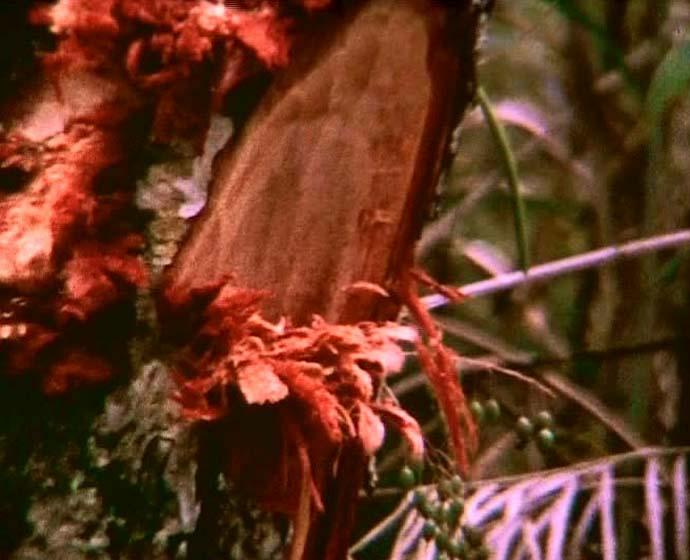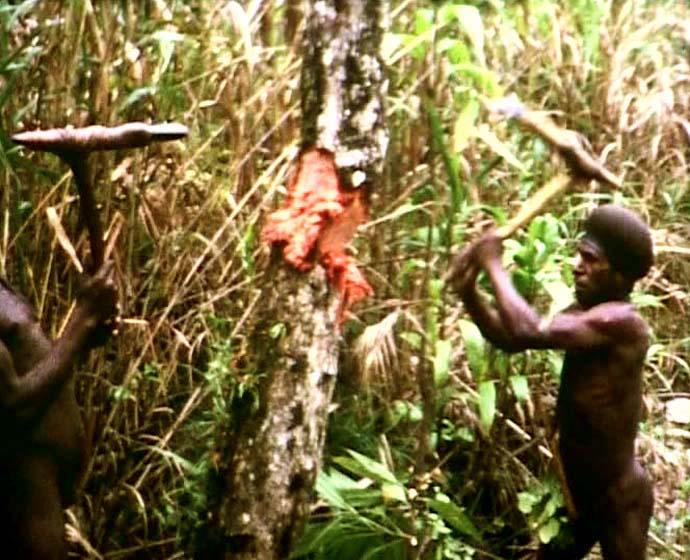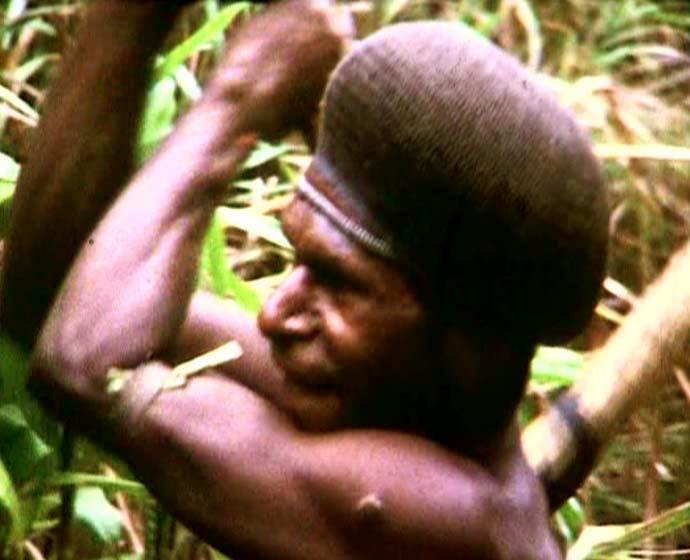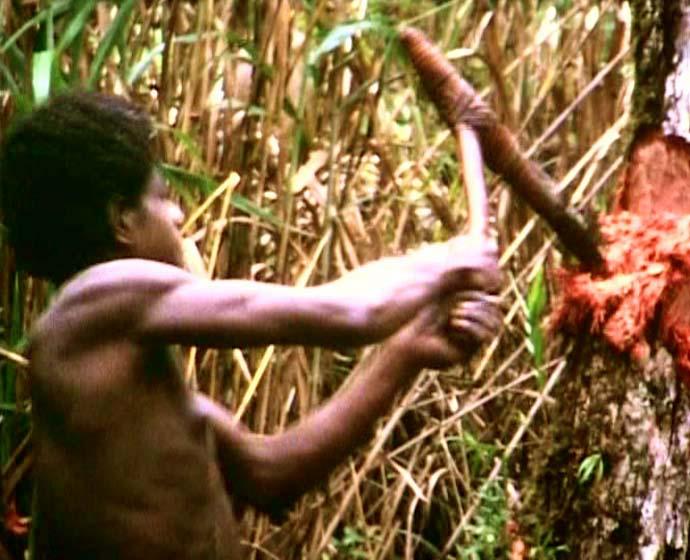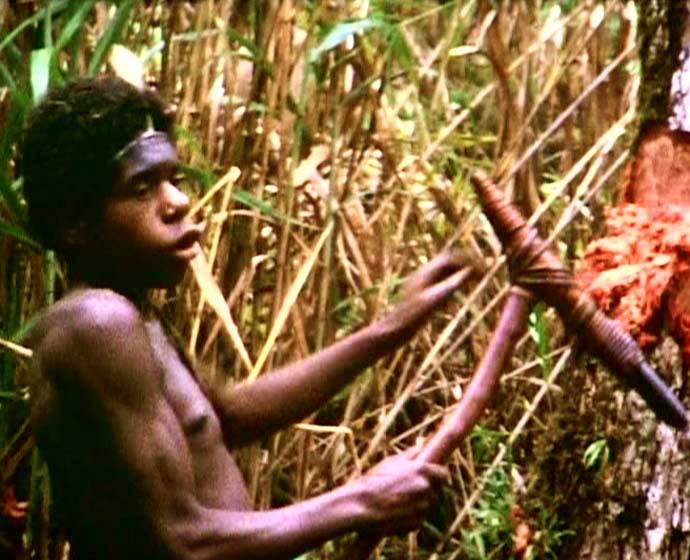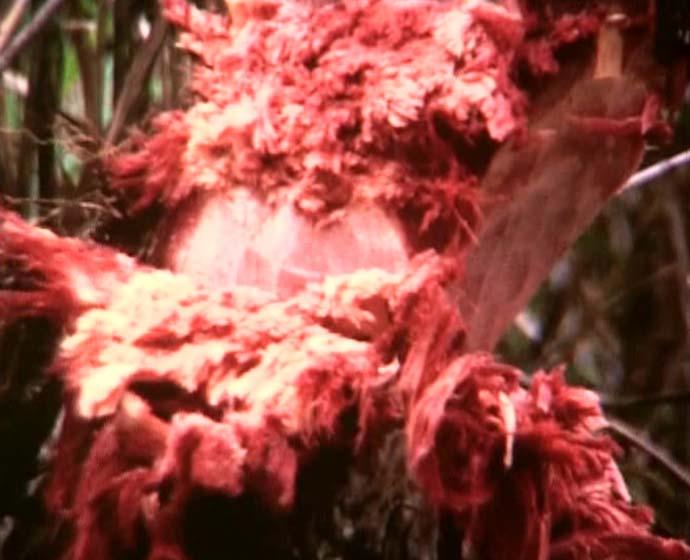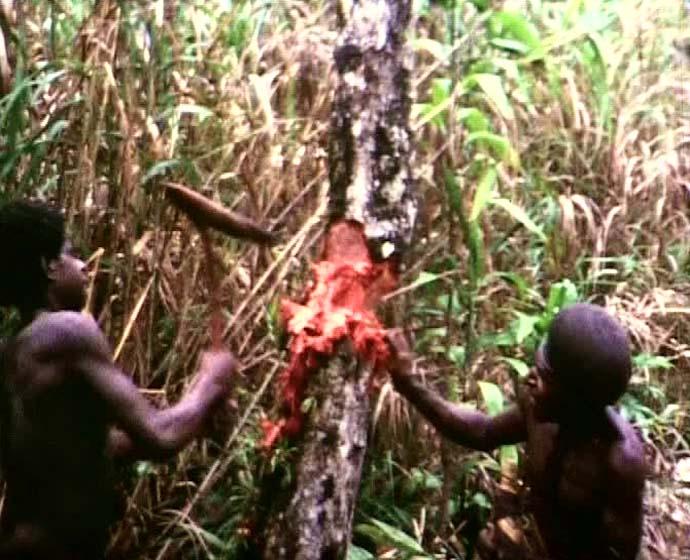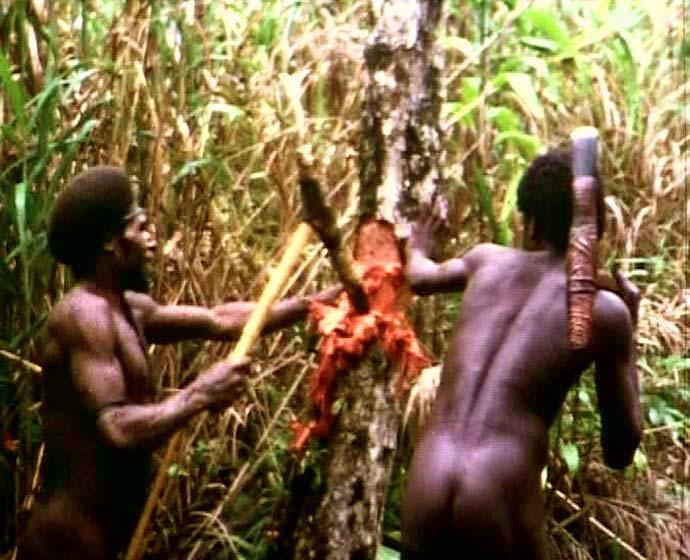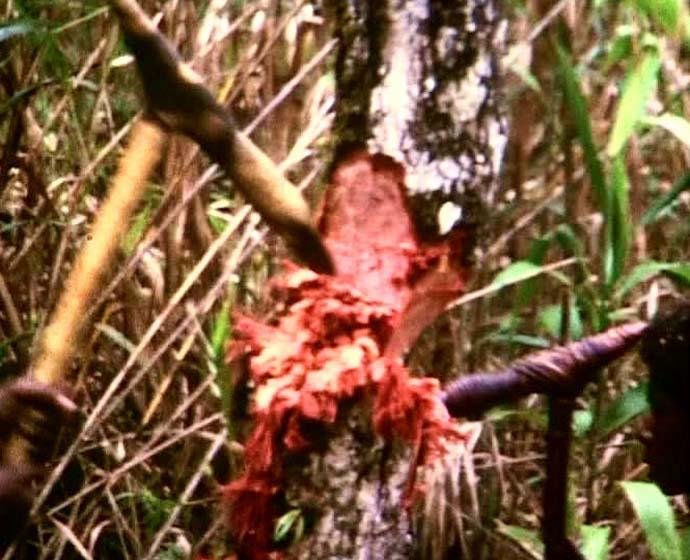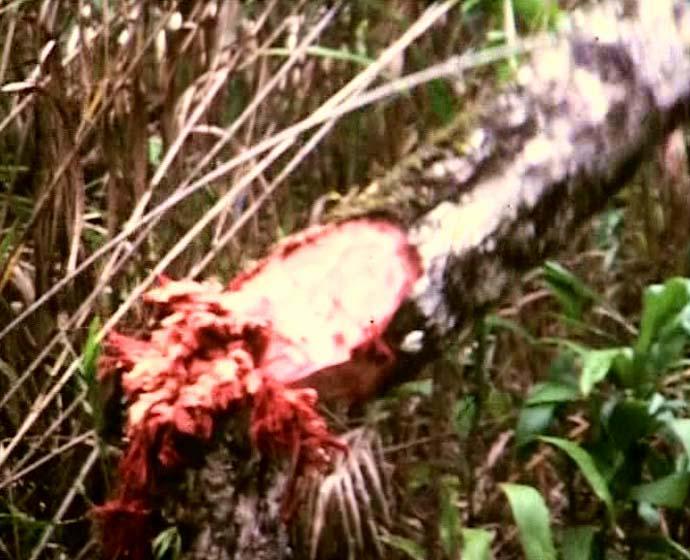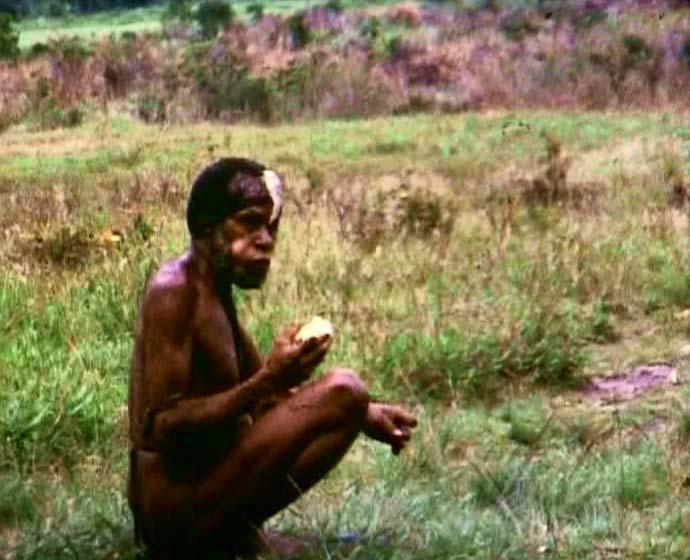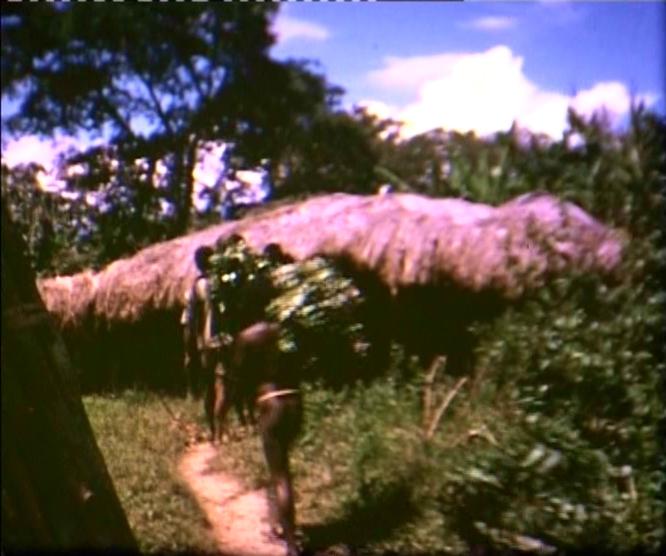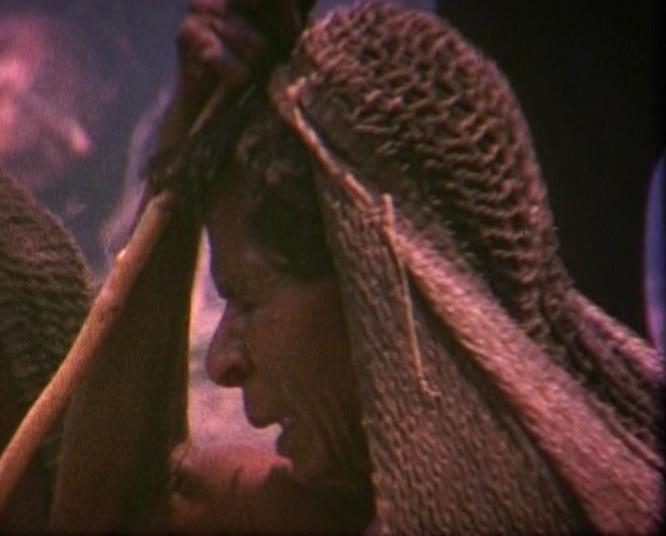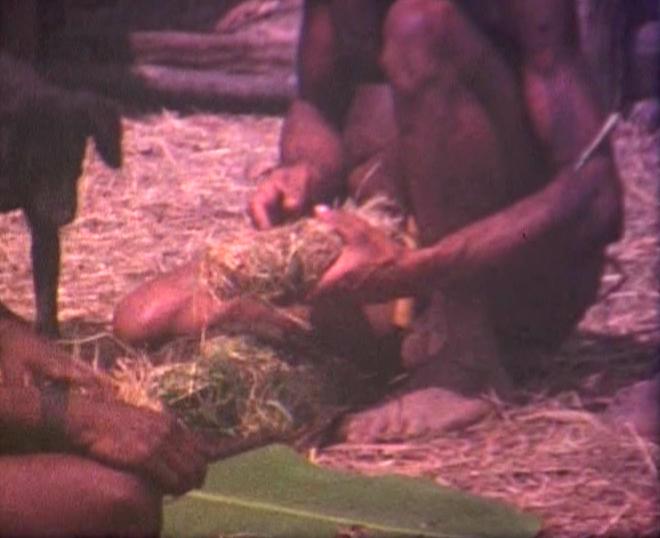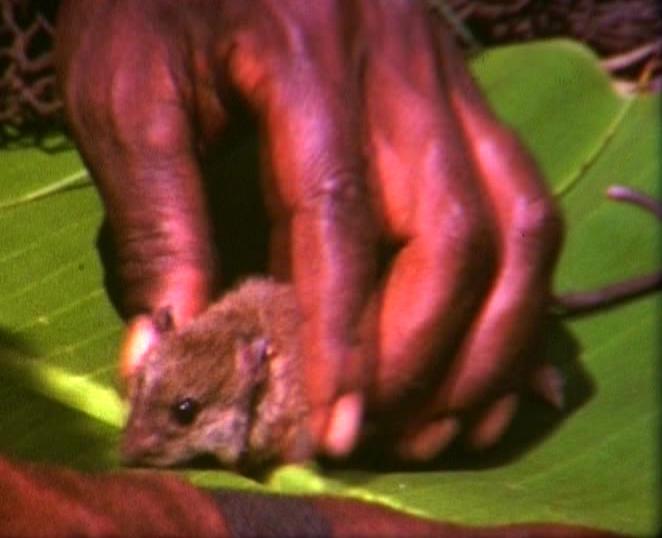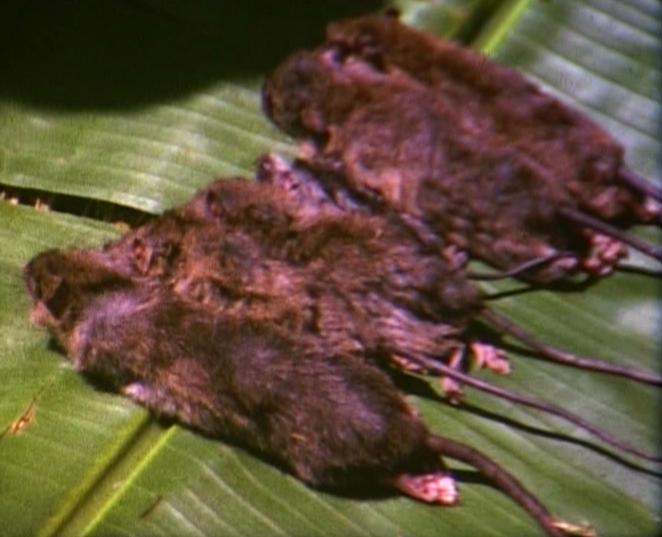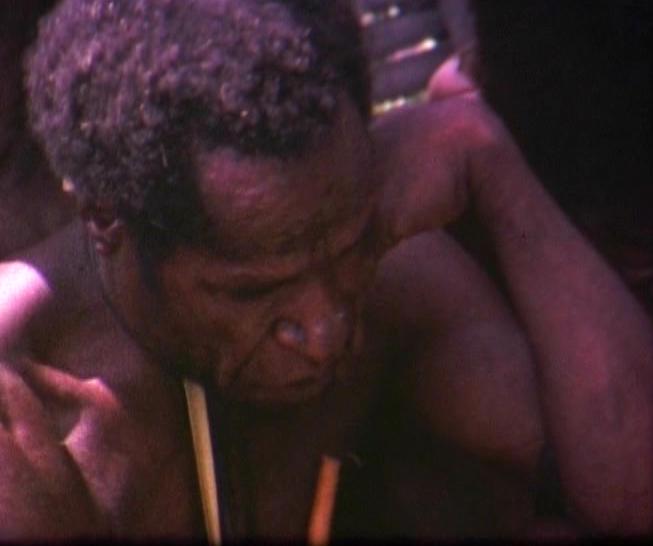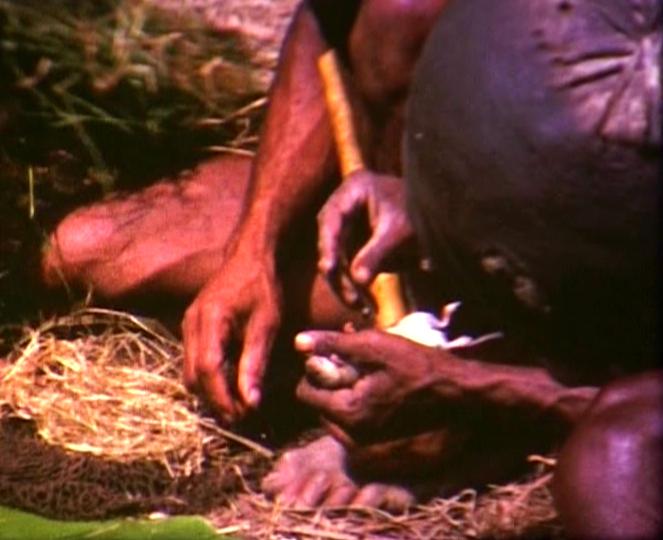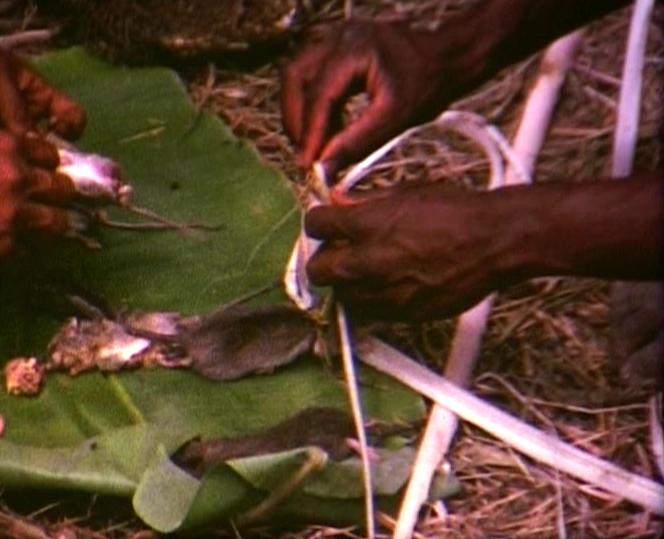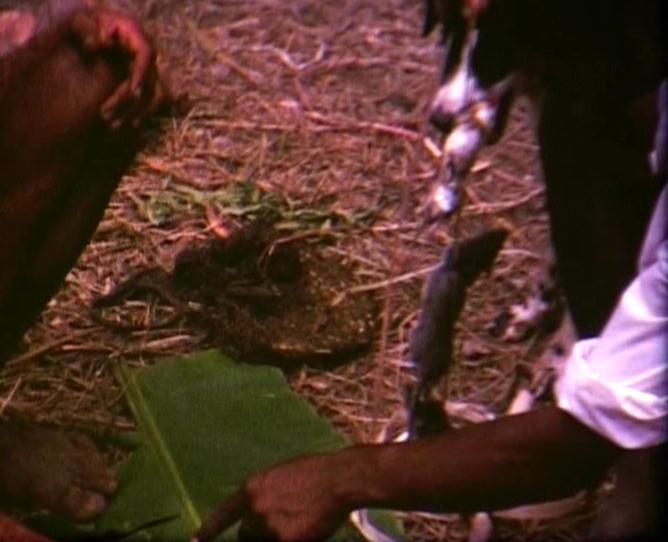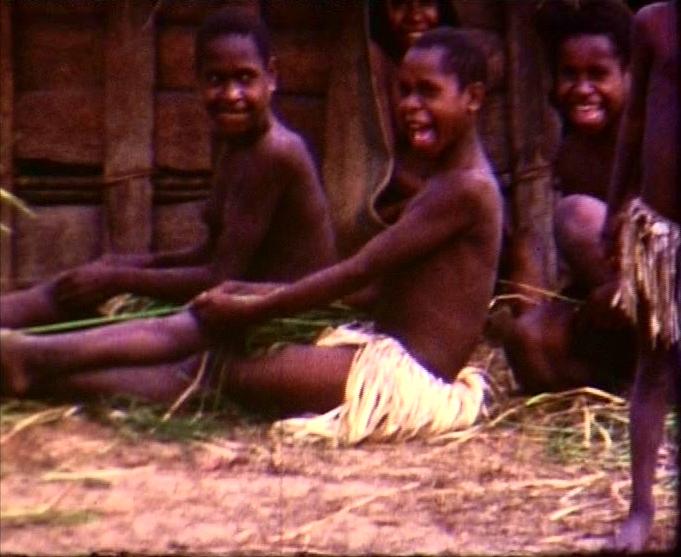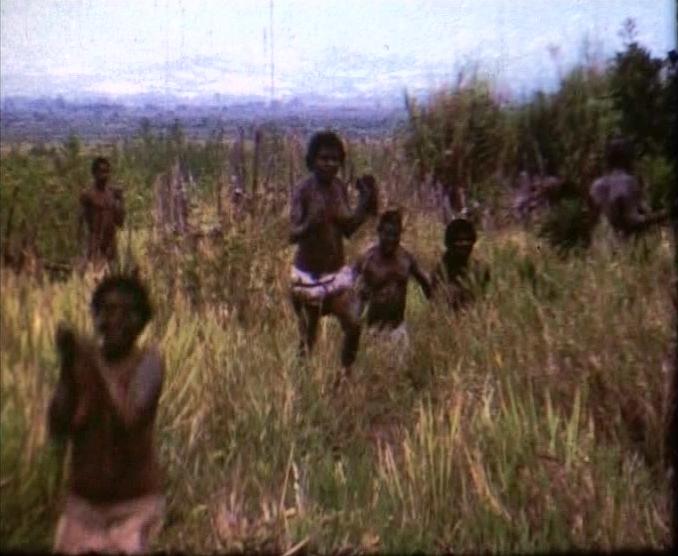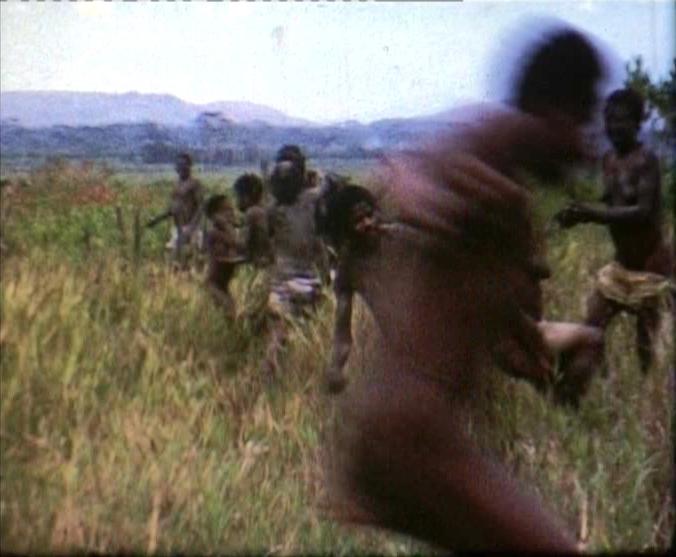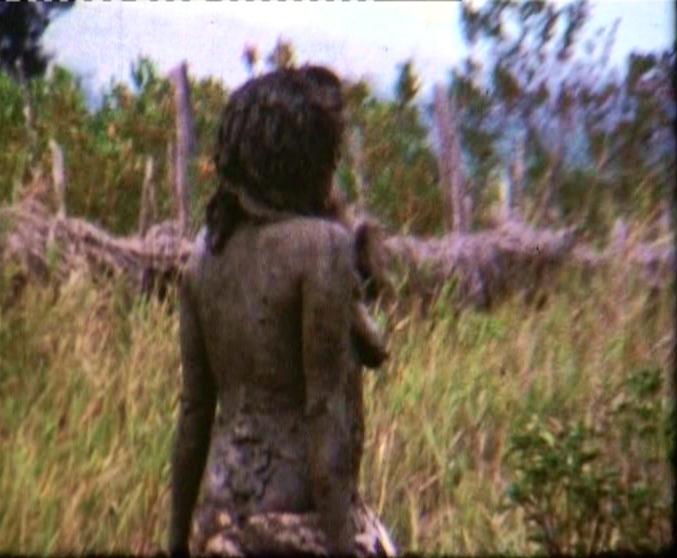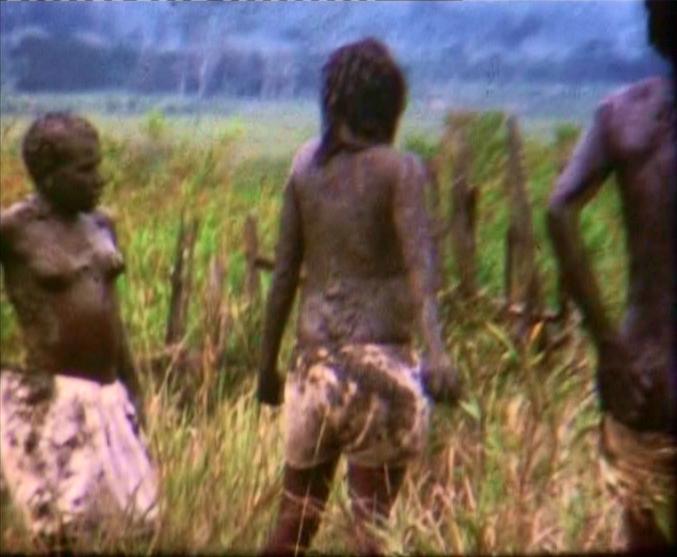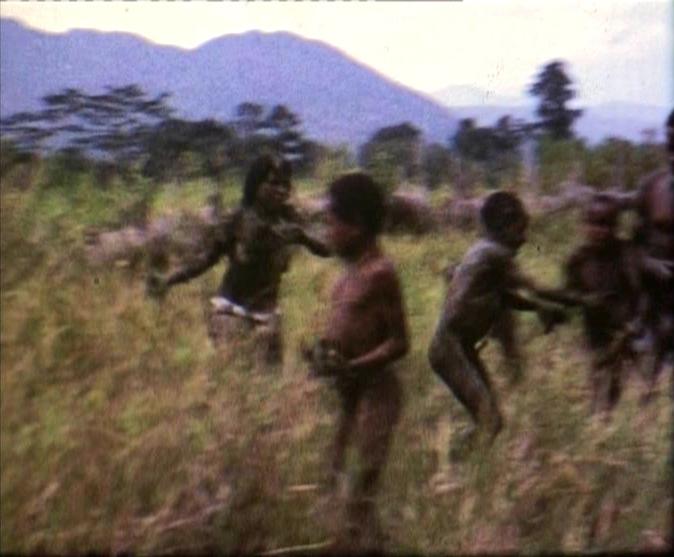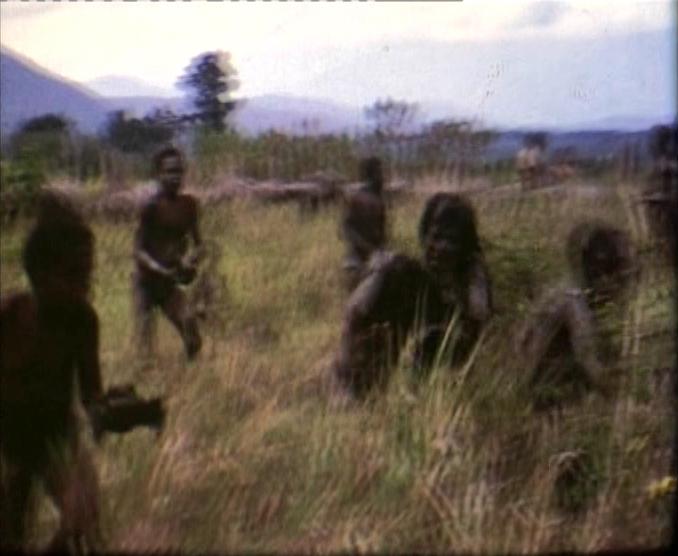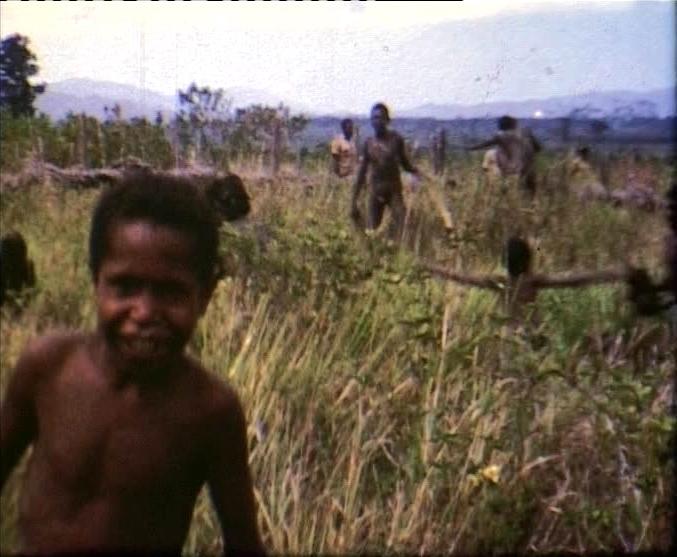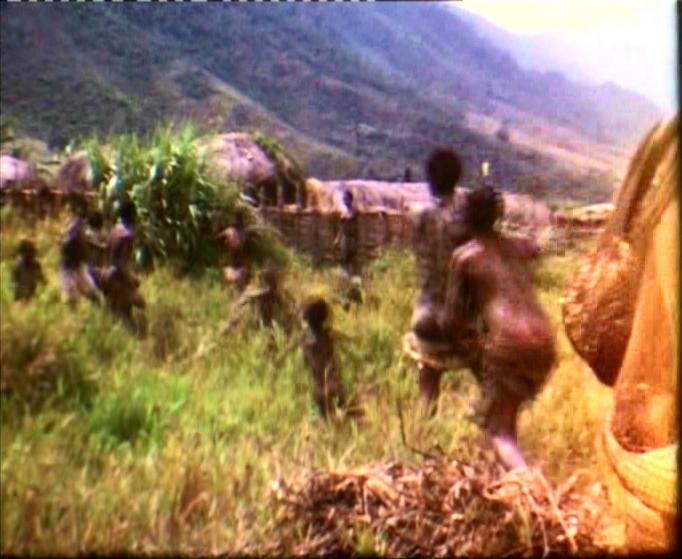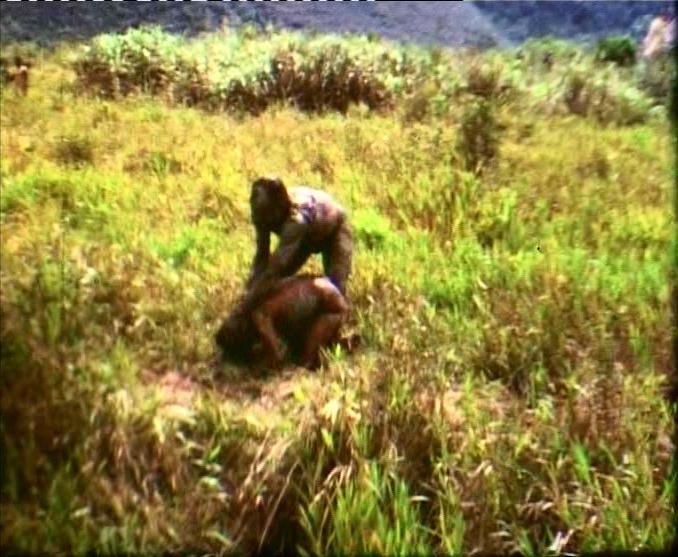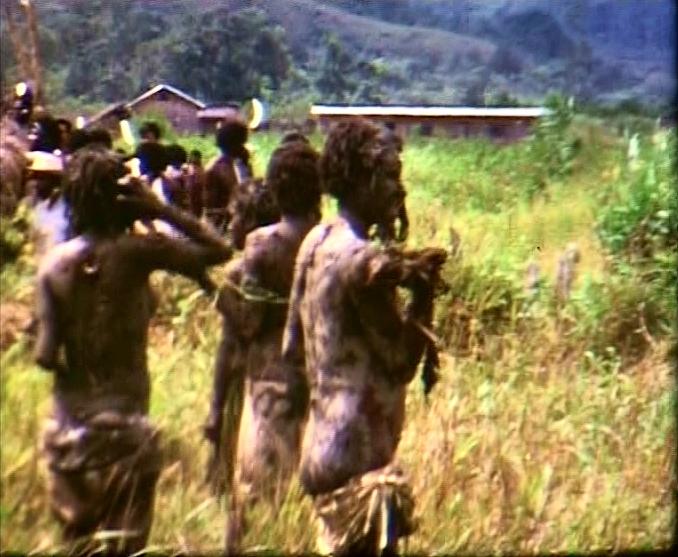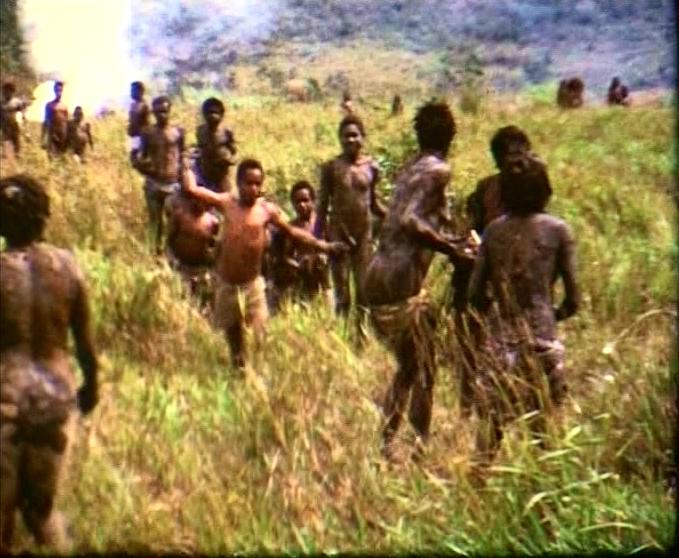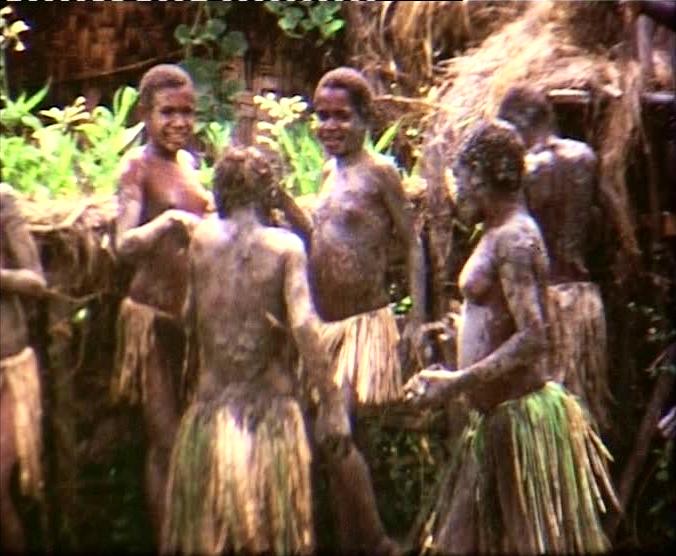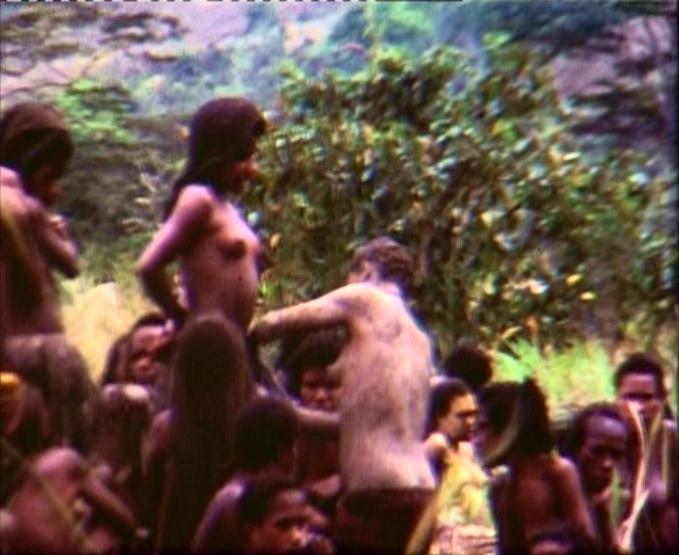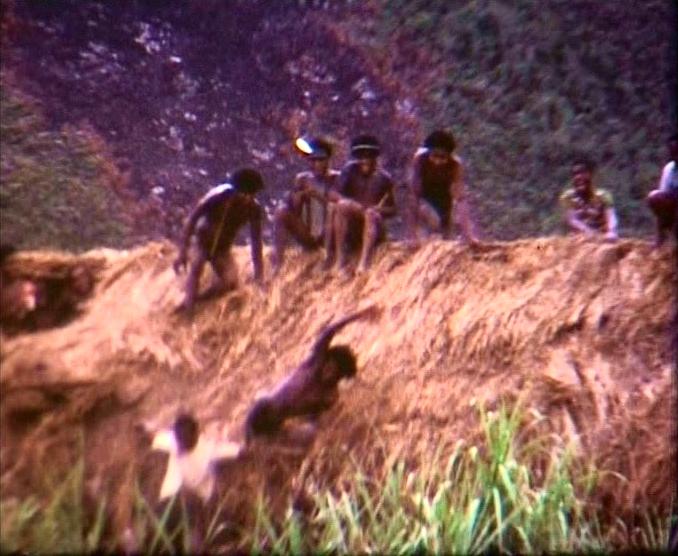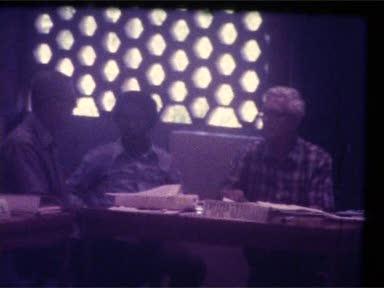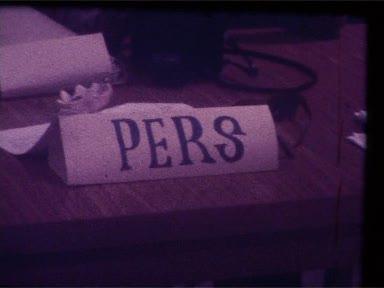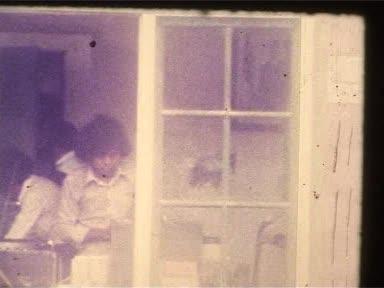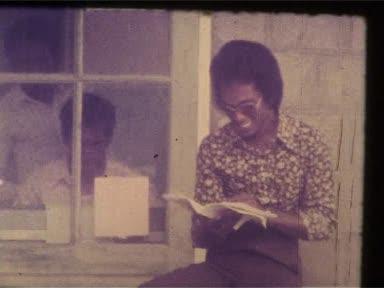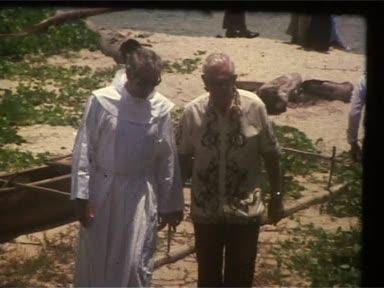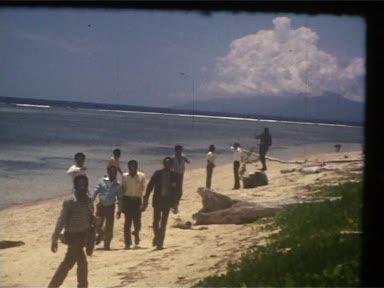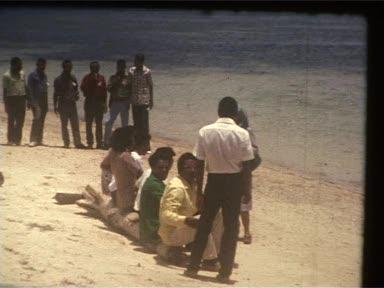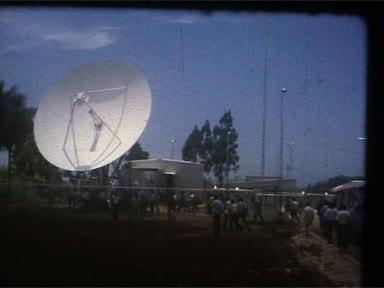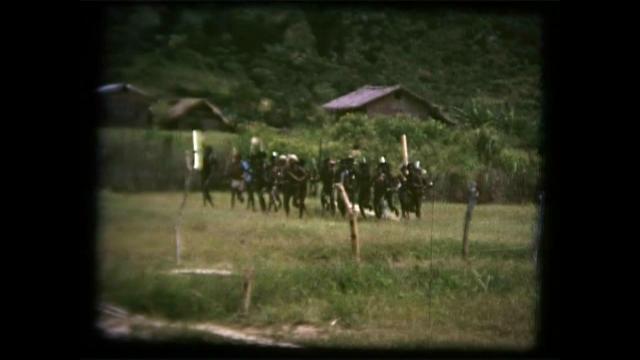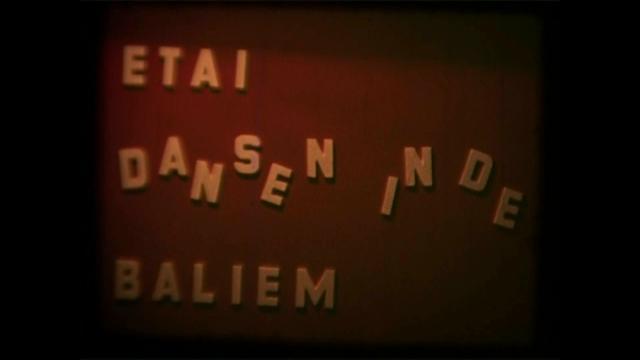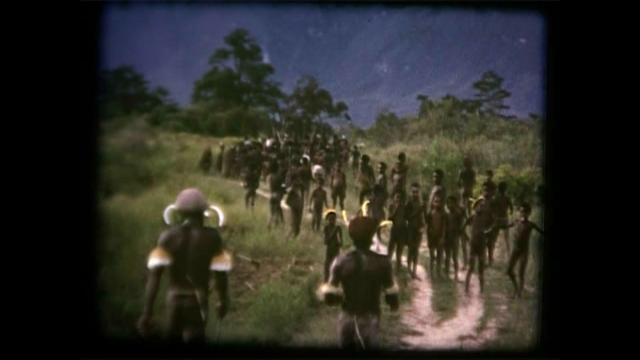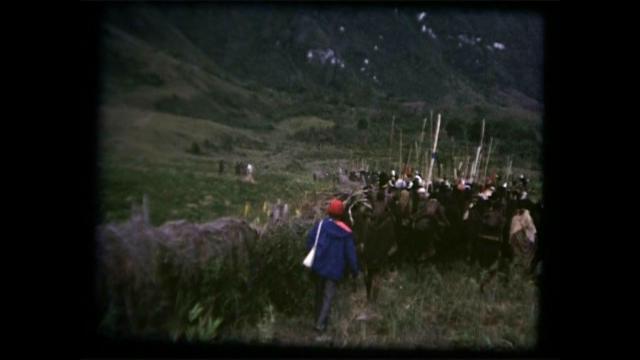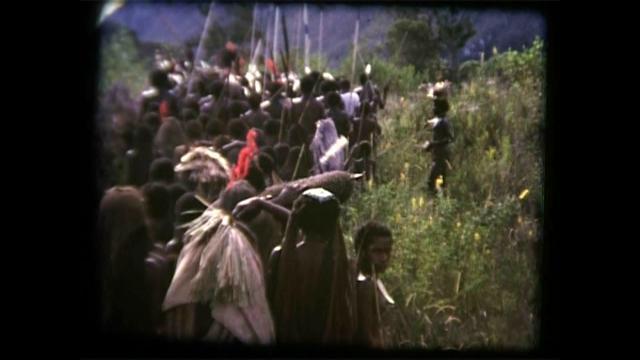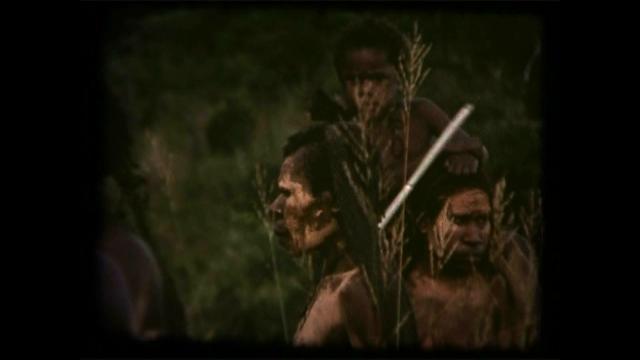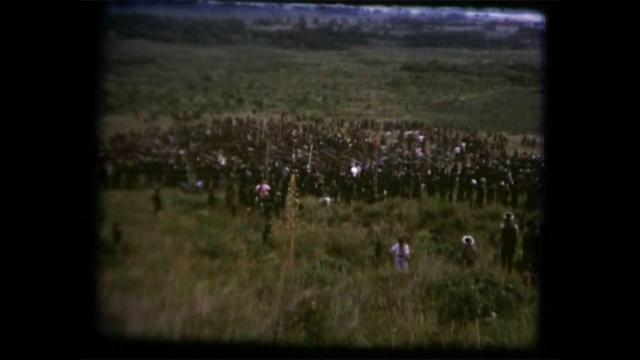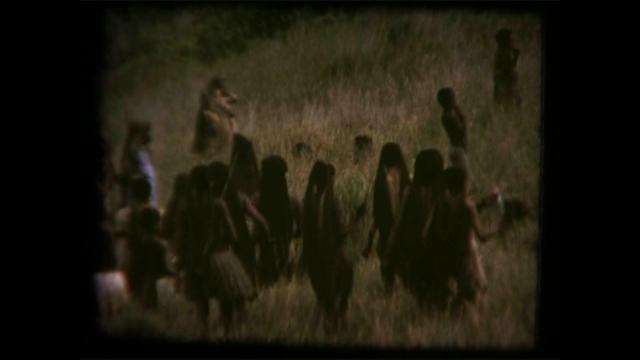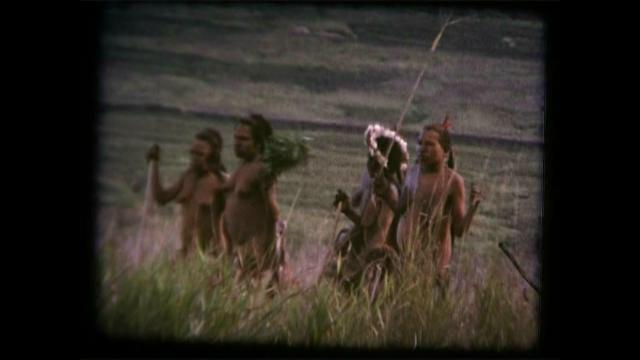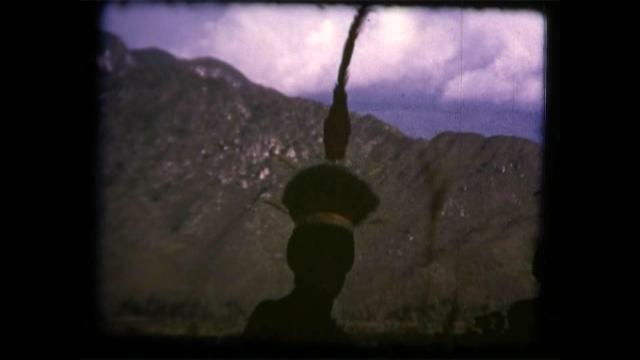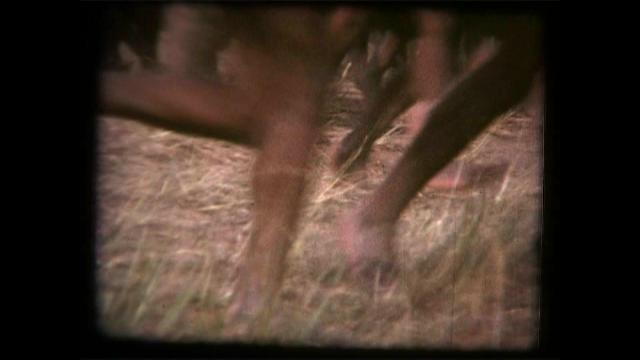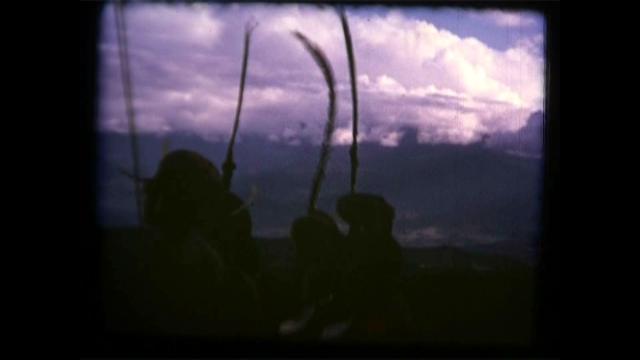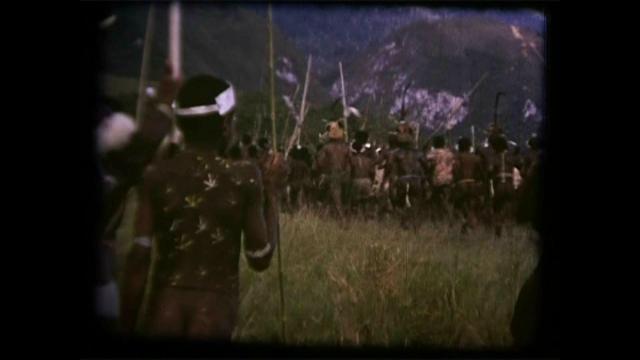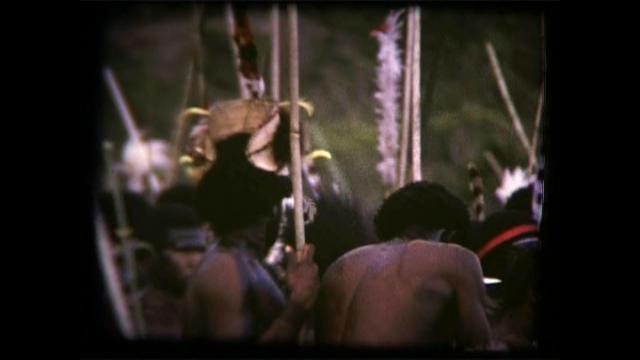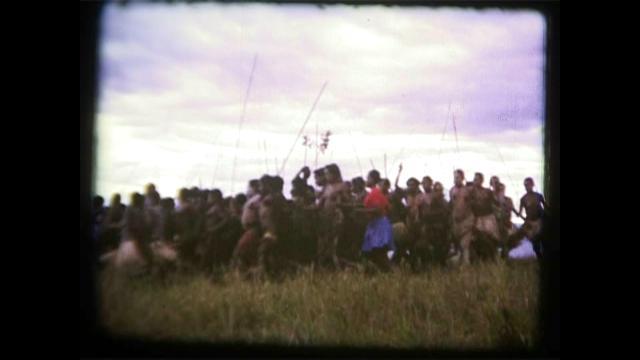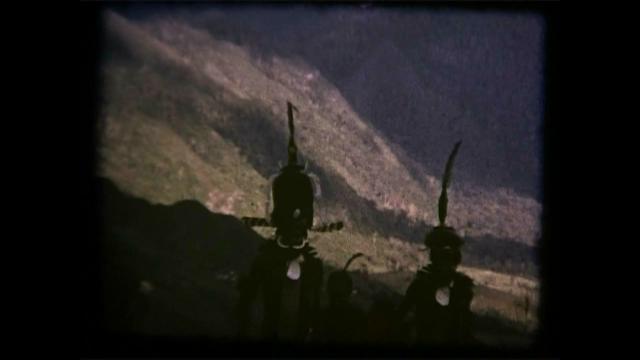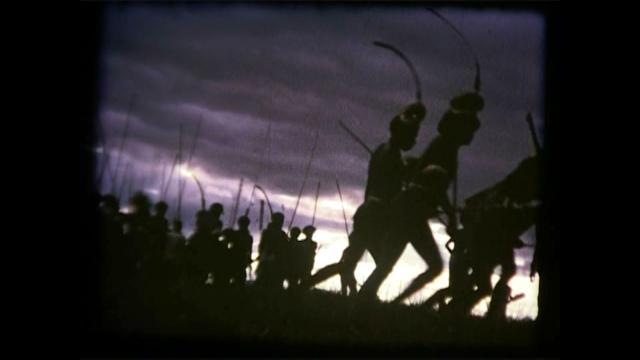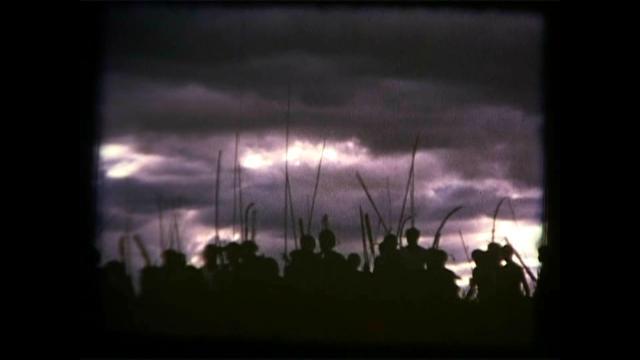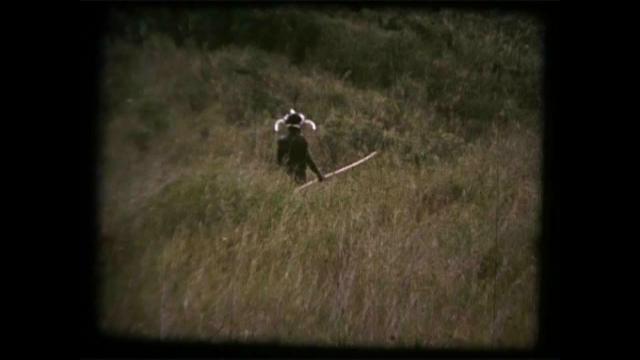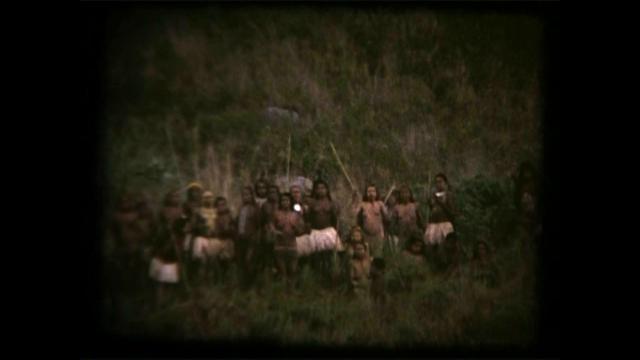Film by father Jules Camps OFM, recorded in he1970s in the highlands of Irian Jaya. Recordings of the hotaly festival (mud festival: initiation rite foer girls after their first menstruation) for the girl Pupukhe from near Yiwika in the Baliem Valley.
Contents
'Hotaly Pupukhe' is the second part of Camps 31. The first part is called 'Funeral Rites II'. See also 'Hotaly Milige Logo' (Camps 6). Film: Super-8, Kodachrome II, Colour Length : Funeral: approx. 40 meters Hotaly : approx. 30 meters Running time : Funeral: approx. 10 minutes Hotaly : approx. 8 minutes Filming Date : Funeral: July and September 1971 Hotaly : August and September 1971 Place : Yiwika, Baliem Valley, West Irian. Filmed by : J.A.E. Camps ofm. Description of Hotaly Pupukhe : Hotaly or girl's initiation ceremony, occupies the second half of Camps 31. This ceremony was held in the vicinity of Yiwika and is usually held on the onset of a girl's first menstruation. The actual location of the ceremony was Pelaloba, a place of many trees. On the onset of a girl's menstruation, she informs her mother and etai is held in the hunila that night. The following morning, the girl's mother puts mud on the girl. Other girls express sympathy with the girl and ask to have put mud on them also. A play involving a mud battle begins. In general it is the boys against the girls and women, but if a girl is being put upon too hard, a boy often comes to her aid out of sympathy. In this film the action is picked up during the preparation of special skirts, the kiluak and isibat and at the beginning of the mud battle. The etai of the previous night and the mudding of the girl had been completed and is not shown in this film. During the course of the mud fight, lasting about an hour, mud is thrown, rubbed in faces, tempers are lost and blood can be spilled, but it is meant to be in good fun. The sides then divide according to sex and they go their separate ways to wash off the mud accumulated during the fight. The older sister of one of the girls for who this ceremony is held, Lageialoklek does not wash off the mud out of sympathy for her. The next step is to put a new skirt on the girl. The older sister is seen doing this for Pupukhe. The skirt is the sali or that of girls not yet married. Boys and men are excluded from this but can be seen at a distance casually observing all they can. Words are spoken at this time but they remained unknown, are wusa. A sweet potato feast and more etai are reported to follow this, but again this is not shown on the film. After a girl has had her hotaly, it is almost certain in the next large pig feast she will change to the jokal or married woman's skirt and arrangements for her marriage initiated. Persons : 1) Pupukhe 2) Dabukhe 3) Lageialoklek 4) Tukhe Terminology : 1) isibat: grass of the girl's skirt 2) ami: uncle or one in special relationship 3) etai: term for dancing and singing 4) sali: girl's grass skirt 5) jokal: woman's skirt 6) hunila: cook house 7) kilukuak: small poorly made skirt worn for working or during menstruation and this mud feast This description was prepared by Larry L. Naylor, Southern Illinois University, in collaboration with J.A.E. Camps ofm, and using local informants. The chief informants here were: Kirilmo, Uwo and Hanoma.
